History On View
The West Virginia and Regional History Center, at West Virginia University, is a wonderful space for historical research. It’s currently closed to everyone because of COVID, but in the absence of a pandemic it’s open to anyone who is interested. I do a lot of my research there.
One of my favorite things in the WVRHC is their photograph collection. I especially love their digitized collection, History on View. It has over 50,000 digitized photographs that you can peruse and download. I use it very frequently in my blog–any photograph with the WVRHC watermark on it has come from there.
This week in America has been tough. My heart has been breaking over the death of George Floyd and the pain being expressed in cities around the country. The deaths of men like George Floyd or women like Sandra Bland, happen because people are dehumanized. That is, the people who hurt them no longer truly believe that they are people with vibrant, full lives as worthy of respect and compassion as everyone else. There are so many reasons for this, and our country’s power structures are mainly to blame for it.
Learning from the Past
Today, African-Americans make up about 3.6% of the population of West Virginia. One hundred years ago, they were about 5% of the population, with a peak of about 6% in 1940. African-Americans have, and continue to, contribute a great deal to our state’s economy, its culture and its education.
Today, I wanted to share some of my favorite photographs of African-Americans from History on View. They show brave and tough miners, young and educated teachers, families praying over their meals, and other wonderful snapshots of their life. I’m sharing these so we don’t forget. We don’t forget how African-Americans have contributed to our society, and we don’t forget that they are living, breathing humans with lives as varied and histories as rich as anyone else’s. I’m not a white savior. I’m not going to solve these problems overnight. My job is to listen to my African-American neighbors and help. So with that said, let’s get started.
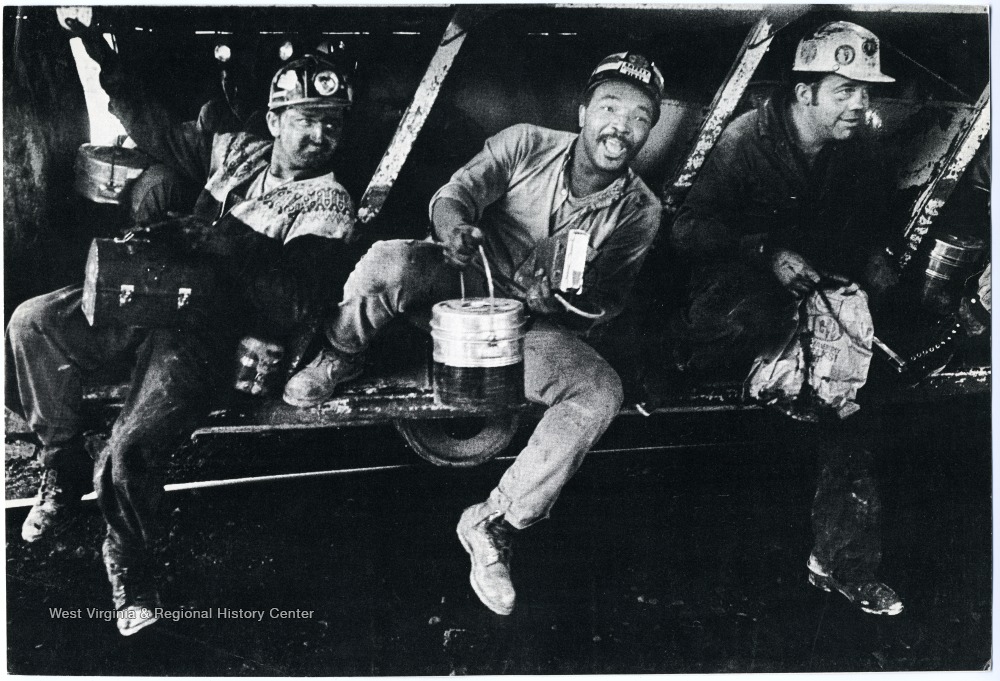
I love this picture. I love this glimpse into miner life. The man in the middle looks like he would be so much fun to hang around.
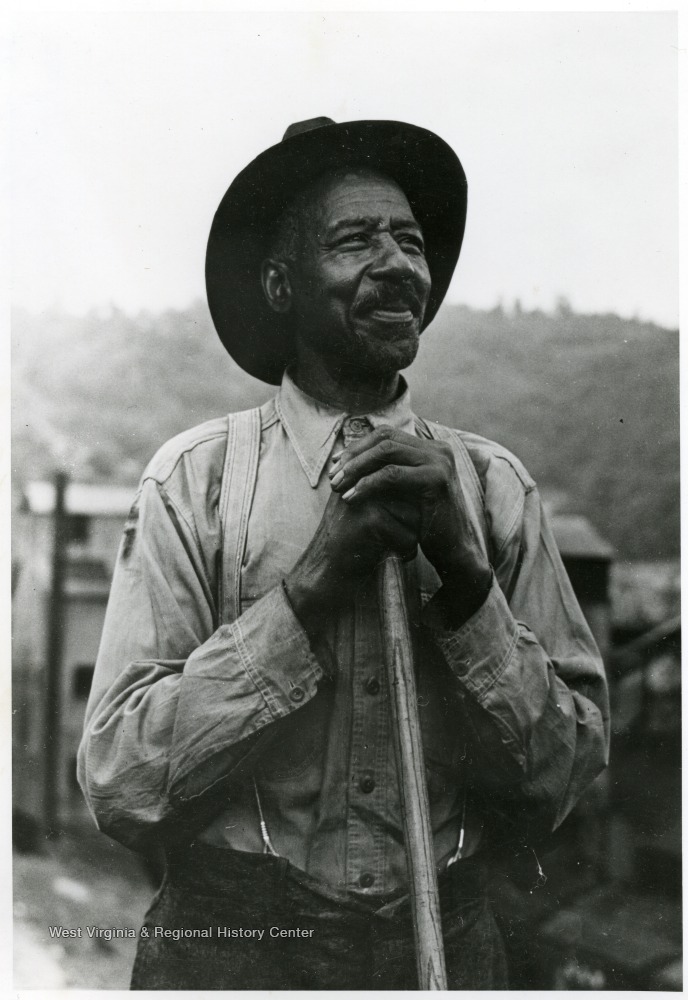
Fifty-six years in the mines. I couldn’t imagine making it through even fifty-six minutes in the mines.
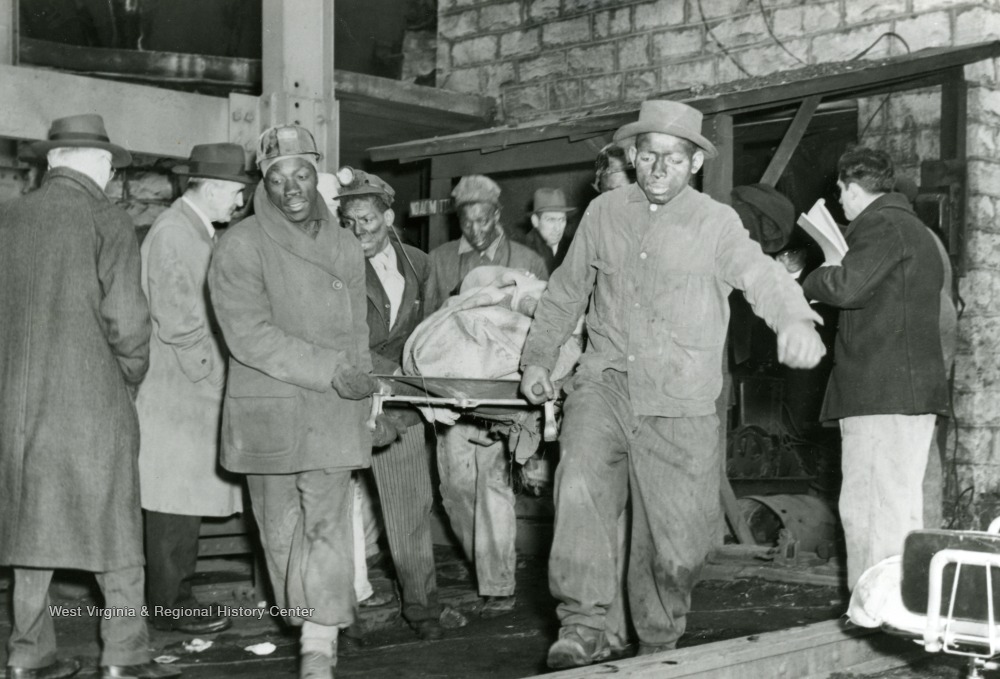
I also could not imagine how difficult it would be to go into a mine, recently wracked by a deadly explosion, to gather up the bodies of your friends and coworkers.
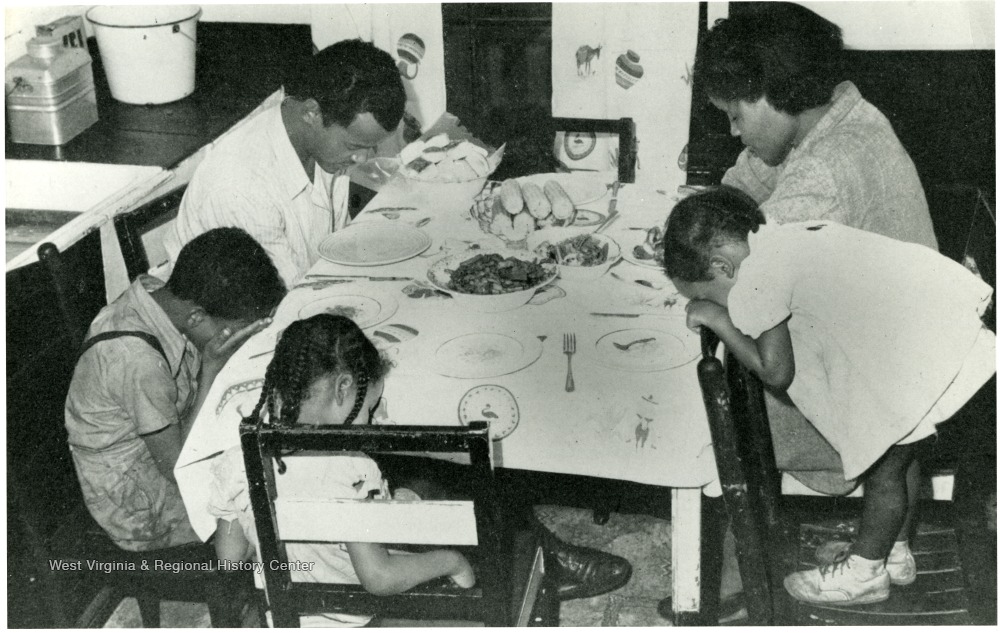
This could be a scene around any West Virginia dinner table today. I especially love the little girl standing on a backwards chair. I could absolutely imagine my little girl doing the same.
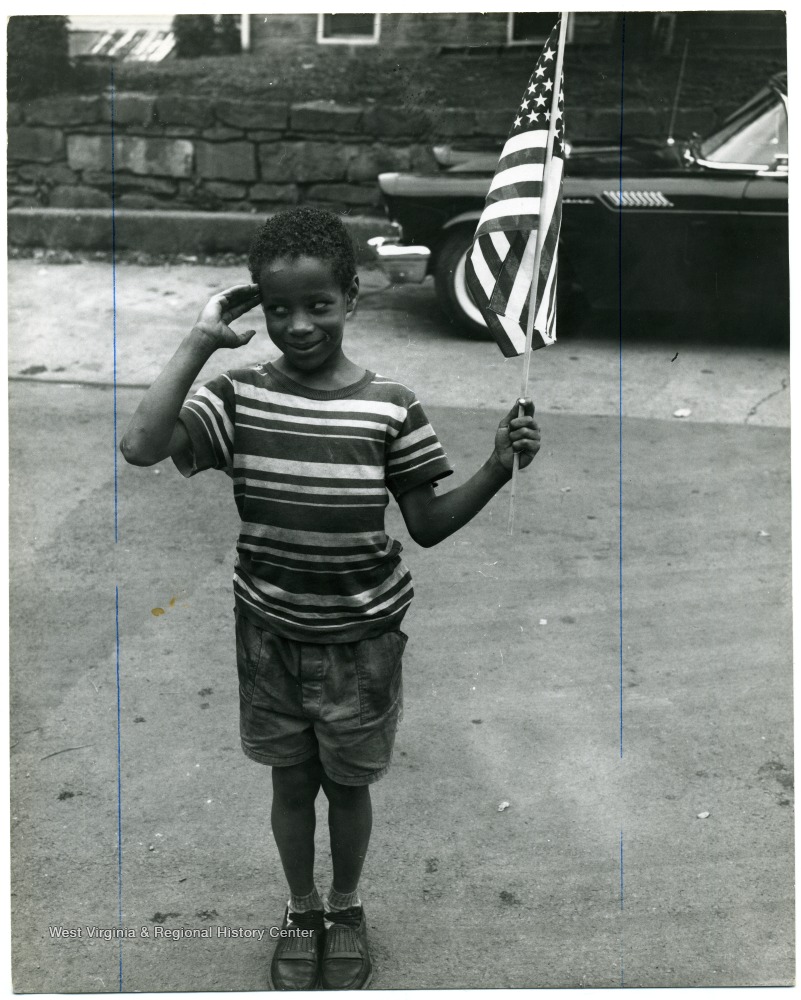
Another cute kid, waving the flag, likely during 4th of July celebrations.
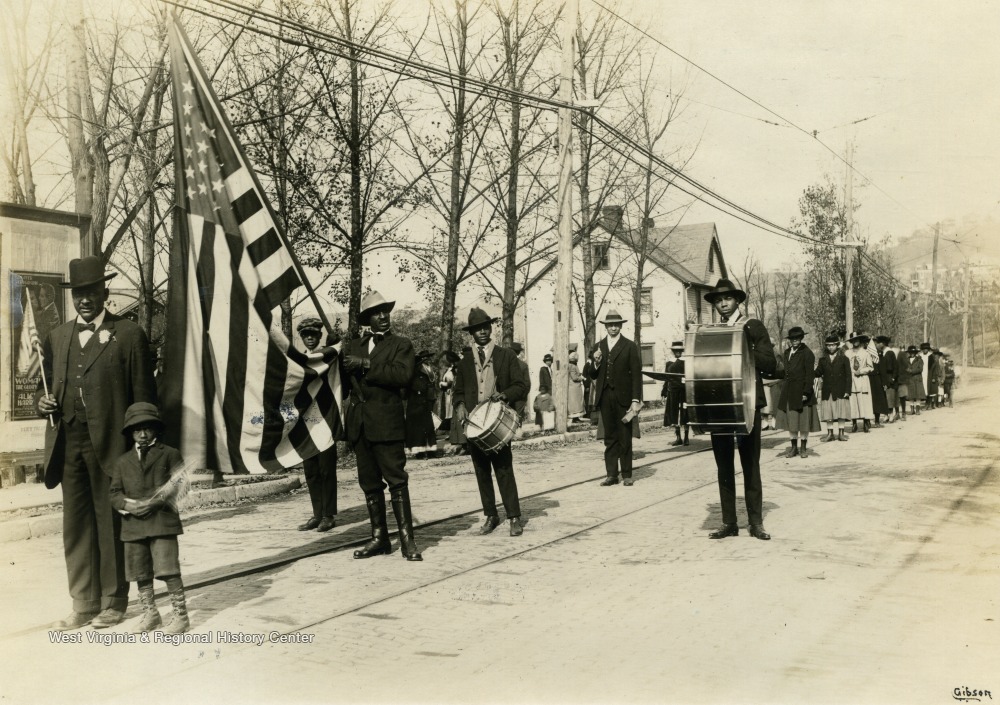
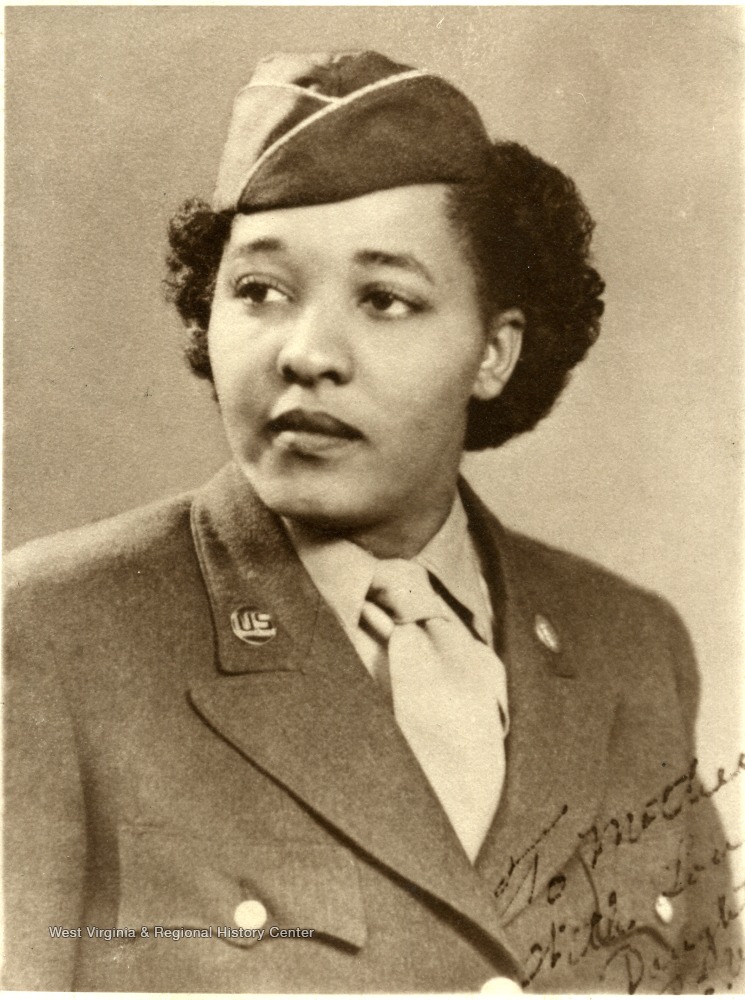
I’m not, by any means, an authority on US military uniforms so I’m not sure what branch of service this woman was in. However, I appreciate her. I appreciate that she enlisted to serve her country at a time when it was definitely failing to serve her.
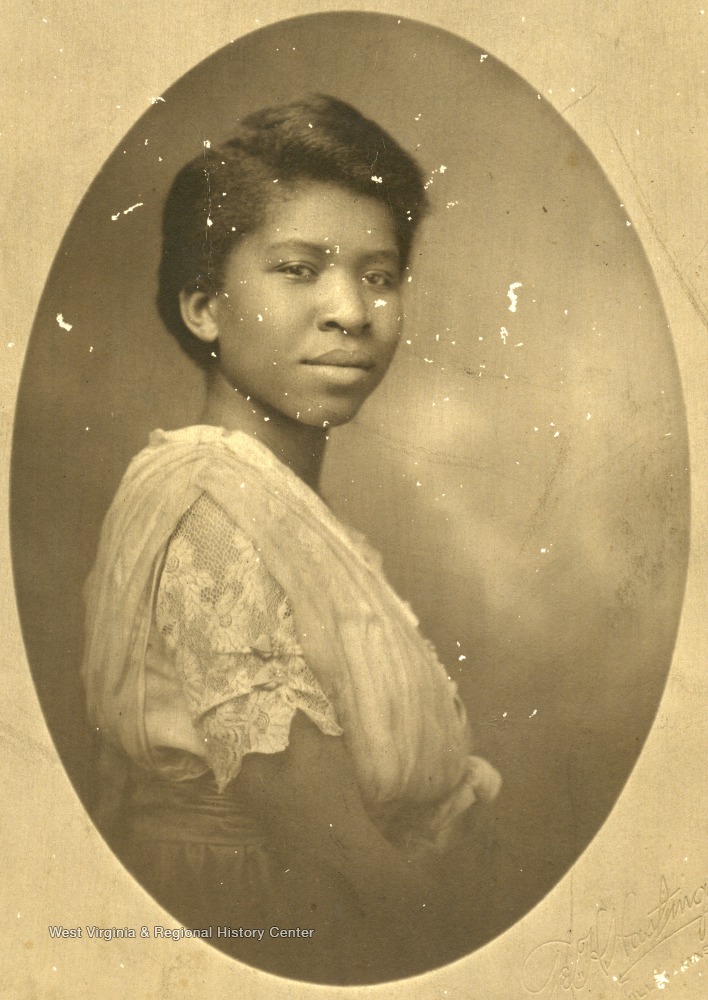
This is another one of my favorite photographs. Storer College was established by the Freedman’s Bureau after the Civil War and improved the lives of hundreds of African-American men and women.
Further Reading
There are a lot of wonderful books about the African-American Experience in Appalachia. Here are a few:
Robert H. Woodrum, Everybody Was Black Down there: Race and Industrial Change in the Alabama Coalfields, (Athens: University of Georgia Press, 2007).
Joe William Trotter, Jr., “Black Migration to Southern West Virginia,” In Transnational West Virginia: Ethnic Communities and Economic Change, 1840-1940, ed. K. Fones-Wolf and R. Lewis, 136-159. (Morgantown: West West Virginia University Press, 2002)
For a more extensive bibliography, visit the Ethnicity and Race bibliography, curated by the WVRHC.
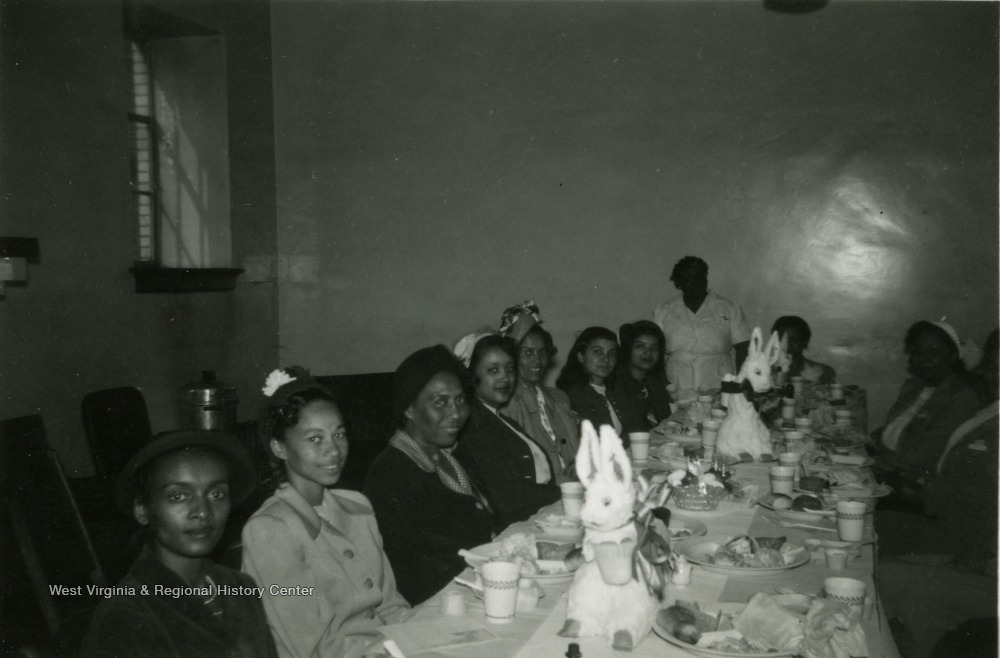
A friend in Morgantown posted this on her Facebook. I thoroughly enjoyed reading what you wrote and showed. I’m going to have a look at the digitised collection. I once lived in Morgantown, and now back home in Australia, maintain a strong connection, hence my interest. Thank you.
Thank you for the comment! The digital collection is wonderful and covers so much of West Virginia history and has at least one picture from every county in the state. Another great resource for pictures is the National Archives. They have all of the Boone Report photographs digitized—an enormous collection. They also have a Great Depression-Era collection including a series of photos from the Morgantown area documenting the lives of Mexican-American miners. I can’t recall the name of it right now, but I’ll look it up and get back to you. Thank you for stopping by!